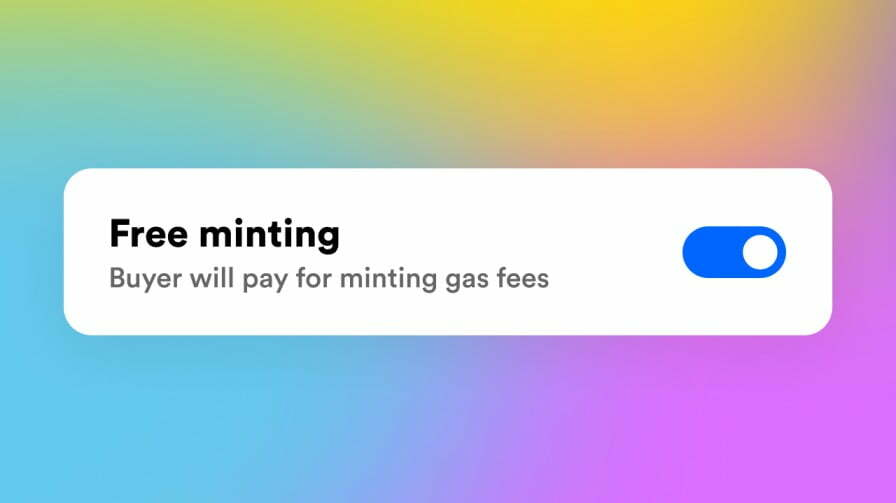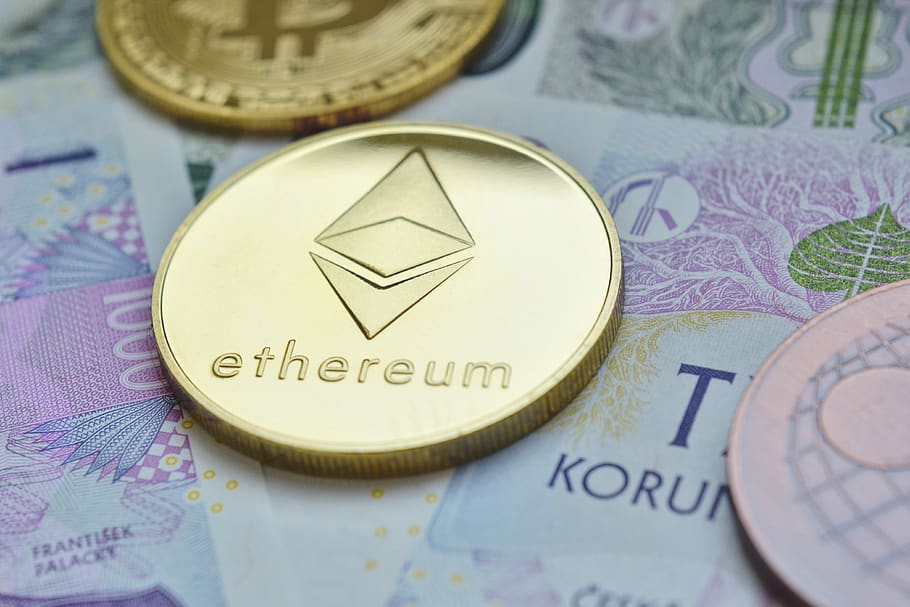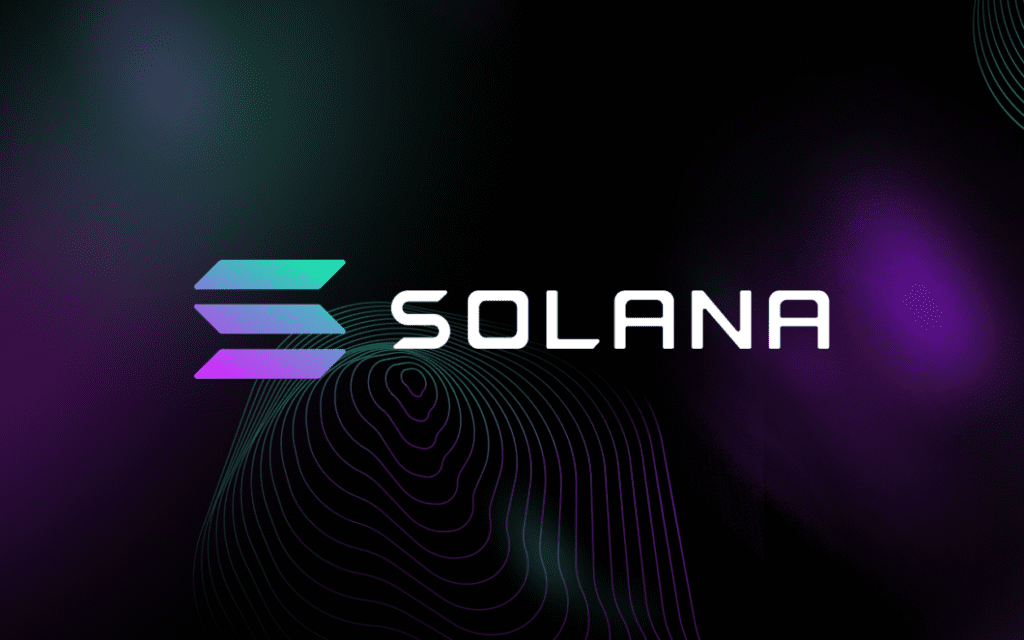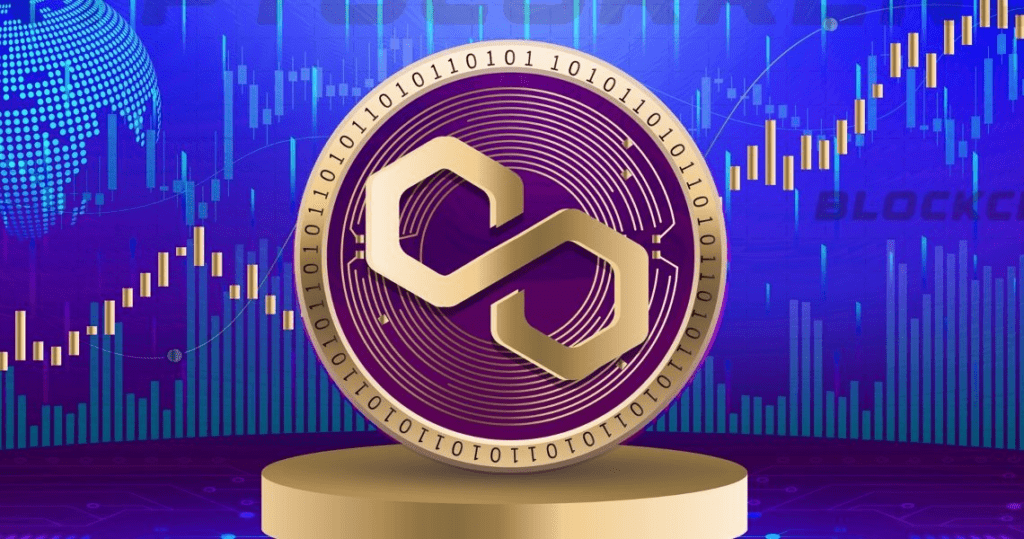NFTs are still gaining traction worldwide as they become increasingly popular in many different parts of life. People are reusing this technology to create digital artwork but also for Play-2-Earn games, creating their property in Metaverse, and many other creative uses. The time for NFTs is now, and everyone seems interested in this project.
And – for a reason! If you read about almost 70 million dollars for “Everdays: The First 5000 Days” sold by Beeple, you start to wonder if you as well wouldn’t like to invest in this market. In the end – how hard can it be?
Well, it’s not that hard, but some obstacles must be considered. One is the gas fee you must pay to create your non-fungible token. In this article, we will be talking about what it is exactly, how to pay the least amount, or even zero, and what blockchains you should consider when thinking about creating your own NFT. So, if it is something you may be interested in, don’t switch the channel and dive with us into the beautiful world of NFTs!
What Is an NFT?

But let’s talk briefly about the concept at hand – the NFTs. You have probably already heard about it, but to clarify, let’s define exactly what it is. NFT stands for non-fungible token. It means that you cannot change one NFT for another. It would simply be absurd, as you would trade something unique for another unique thing that could have a different value.
Tokens that are considered to be fungible are cryptocurrencies. There, you can easily trade one for another without changing the quality of the said currency. It doesn’t matter which Bitcoin you have, as long as you have a Bitcoin, after all.
And what can become an NFT? Anything that can be represented digitally. Those could be videos, pictures, audio, or anything you can digitalize and transfer. You can put it on the blockchain networks, where you will receive a token that you own said media. That means you, and only you, can claim that you have an original, and everything else is a copy of it.
Find out more about What is NFT.
What Is a Gas Fee?
So, now that we know what we are talking about, let’s discuss what they are and how to calculate NFT gas fees. The most common explanation is simply that you must pay a price to “use” a blockchain. NFTs do not have their blockchain network, so they “rent” the spot on Ethereum or others to function.
Blockchains are secured thanks to the miners, who are lending their computing power to create a secure system that no hacker could overcome because they would need the amount of energy similar to the one used when creating those securities. And it’s a power supply compared to a medium-sized country, in the case of Ethereum – Uzbekistan.
The more secure a network is, usually the higher fees you need to pay for it to function. Some people compare it to the boating business, where, depending on the weight of the goods, the more weight you will need to transport it, and therefore – the more fuel you would need to use.
NFT Creators and Gas Fees
So, what does it mean for the NFT creators? They need to consider the NFT gas fee when creating their works. Whether it’s the Ethereum network or something less expensive, they must understand that gas costs cannot be underestimated. Sometimes it’s only a few cents; sometimes, it’s a few hundred dollars. It all depends on what you want to do with your NFT.
As you can probably imagine, NFTs don’t sell for millions of dollars all the time, so a gas fee on the Ethereum network, for example, the most expensive one, can change the net profit of a beginning artist. Additionally, there are other fees the artists need to consider that may impede their ability to sell their NFTs with profit.
You can, of course, lower gas fees in many different ways depending on many factors:
- The gas price of the day,
- The popularity of the blockchain,
- Whether you bought the currency before or after a spike
- Sometimes it may even change depending on the time of day.
Gas prices can be a problematic element for many potential artists, but there are some ways to go around them. Of course, there is another set of issues when trying to accomplish this task, but it is feasible in the end. The most important thing to consider is calculating gas fees in a way that will not create an issue for the artists and eat up their profit. But there is a way to go around that.
Lazy Minting
If you are a struggling artist who does not want to pay high gas fees – there is a way of mitigating this cost. You can simply use the lazy minting option to be 100% free of any cost you may endure because of the gas fee. You just need to pick this option when uploading the NFT to most of the popular NFT marketplaces, and you will be free to do so.
There is one catch, though. Your NFTs will be more expensive because of that. Lazy minting means you will put the cost of creating this NFT on the buyer, and it will get “minted in time.” So, when someone buys an NFT you put out for sale, the NFT will get created using the buyer’s crypto at the moment of sale.

You may think that it’s a pretty good deal, and it is, honestly, but there is an issue regarding the cost of the NFT. As a struggling artist who just wants to create, you will encounter the problem of your NFTs being quite pricey for how well-known you are as an artist. Especially when minting on Ethereum.
Gas prices fluctuate, meaning you can get your NFTs minted for a lower price than at the moment of buying. You will also notice that the priority fee people will have to pay for your goods will make it less popular than the already minted NFTs. The choice is yours; reducing gas fees is an important issue for many creators, so be sure to choose wisely the best-suited version of events for you and only you.
Gas Fees Explained
As stated before, gas fees are necessary when creating an NFT; you need to create a token responding to the digital assets stored on a blockchain. Gas fees are used to compensate miners lending their computer power to create a secure network. Those are essentially the processing transactions in the blockchain technology.
The process is rather basic and does not require any advanced understanding of the technological elements, as it is pretty much as simple as creating a picture and uploading it to the cloud.
Why doesn’t the blockchain run its security by itself? Well, that would be the case for a couple of reasons. First of all, blockchain is a decentralized network, so no “someone” would run this security. It’s all based on the hard work of users, who are trying their best to create a new and improved way of running an economy. At least, it’s what they’re saying.
So, the blockchain where the NFTs reside needs to be run by decentralized workers who need to get some good payment for their energy. Otherwise, they wouldn’t be interested in doing it.
The Costs of Minting NFTs
So, let’s now go over some of the costs that you need to pay to create an NFT. Gas fees are one of them, of course, but there are some additional ones you need to be aware of if you want to create an NFT.
Account Fees
This is based on the account you will be for selling your NFTs. You can choose from many different NFT marketplaces to create an account.
In most cases – it’s a formality, but in some, it may cost you a lot of money, so be sure to check it out before minting your NFTs with a specific marketplace and a specific currency it uses in mind.
Listing Fees
Next thing you need to consider is the listing fee. It is usually around 2.5% of the whole value of your NFT, so be sure to include that in your estimates. Of course, some NFT marketplaces can create additional, higher fees, so check it out before minting.
Gas Fees
And, of course – gas fees. Here are the descriptions of some of the more important blockchains.
Ethereum Gas Fees

Ethereum is the largest and the most known blockchain on the planet. Not only when it comes to the NFTs, where it is, indeed, the number one, but in the whole crypto space. There are many different reasons why you should or should not consider this blockchain as a good plan for your NFT operation.
First of all – it is the biggest NFT-based blockchain ever created, so yes, it makes sense, as most of the players on the NFT market use Ethereum and will probably try to find NFTs through this network. It does not mean that other ones are not visible; it just means that they are more visible in the Ethereum. The bottom line gas fees on Ethereum are something that powers the whole network. How to calculate them? Well, it’s pretty simple. Ethereum’s gas fees come from this equation:
- Total Transaction Fee = Gas Limit x (Base Fee + Tip)
The gas limit on the ETH is currently around 21 000 gwei, adding the base fee of 100 gwei plus 20 gwei tip, so the total fee is 2 520 000 gwei, or 0.00252 ETH, so around 7.6 dollars. But, it can get much more expensive if the price of ETH goes up significantly or if you put up the whole collection for sale, with individual elements priced differently. Think about those 7 bucks times 1000. Well, it gets a bit pricey, doesn’t it? But, if you don’t want to pay gas fees with Ethereum, you can certainly go for the competitors.
Solana Gas Fees

Like – Solana. Transaction fees can be a problematic element, especially with Ethereum gas fee. But, with Solana – it seems like a walk in the park. Well, it used to be that, at least. Even Solana seems to have expensive gas fees that are currently just over two dollars. Why does that matter? It still seems to be quite a lot less than in the case of Ethereum. Well, it used to be that to avoid high gas fees, you would have to go to Solana and mint your NFTs for, let us check our notes – 20 cents!
So, that is supply and demand for you. The more expensive Ethereum was, the more people turned to Solana, that in exchange, raised prices over 10 times the original! It is, indeed, the second most popular NFT blockchain, but still – it’s 10 times more. Anyways, it is still less than our predecessor, but the sheer element of price gauging may be astonishing for those who are minting an NFT today vs. just a year ago.
Polygon Gas Fees

But, we still have our beloved Polygon blockchain, a Proof-of-Stake kind of deal that was supposed to help out its older brother Ethereum with network congestion and ways that you can verify blockchain transactions. Of course, it still requires gas fees but in a completely different model than the ETH network.
The first thing you need to know about Polygon is that it is connected to the largest NFT marketplace on the planet – OpenSea. This place allows you to not only spread your NFT-based message all over the world but also – market to the highest number of people.
Additionally, OpenSea is well connected to the Polygon network, so you can mint your NFTs completely free with the lazy minting option as the default in this case. There are no high gas prices here, as there is little to no gas necessary for minting. The only thing you will need to incur is the cost of the service fee at 2.5% of the whole value of the NFT.
Gas Limits
So, what are some takeaways you need to consider before getting into the business of minting NFTs? First of all – gas fees can get quite expensive, so if you are not ready for this, be sure to choose the lazy minting options.
Additionally, you will need to take a moment to see when is the highest density of users trying to mint their NFTs. It may just be that you will have an issue with a high NFT transaction cost when trying to mint a lot of things fast during rush hours. Especially if you would prefer to make it fast and agree to pay the higher gas fees.
In that circumstance, setting a gas fee limit is the best thing you can do to save money and mint your NFT easily during a weekend when the prices aren’t as high as during the weekday rush hours. You can simply set a cap on any transaction priority that may go quickly overboard. Whether it’s a collection of NFTs or just a few you were thinking of selling, creating a transaction limit may be a way to keep your NFT transactions and smart contracts in check.
Upfront costs up to the maximum amount are great if you don’t have a time-sensitive product. Of course, it may be necessary to create a higher gas limit depending on how many transactions you are planning to do or if you don’t want to lose money in gas units. Or maybe you have some excess funds to keep all transactions costs high.
What Are Gas Fees – NFT Minting Conclusion
And here we are, at the end of our NFT-based journey, where we tried to understand the delicate thing: the gas fees. As you have probably noticed, it is not an end-all for most applications, especially if you have just a few NFTs that you are trying to sell, but if it stacks up, it may cause an issue for many users of the market.
There are, of course, some ways how you can go around this problem, from choosing something cheaper to avoid the high gas fees of Ethereum or just simply going for the lazy minting option where you put the whole costs of minting on the buyer; to buying low, selling high as they teach in the economy classes.
It all depends on what kind of business you are trying to run with your NFTs. If you are doing something only for yourself or a hobby, and you don’t think about it too much – then there is no reason to avoid choosing the most popular Ethereum network. It seems like a safe bet, for sure. But, if you have something more advanced in mind that will need a lot of different minting during a longer period, then you should definitely look for something to ease the pain of gas fees. We certainly recommend doing your own research. Maybe there are some new and improved ways of minting NFTs?
Additionally, thanks so much for stopping by. We hope that you enjoyed this article. NFTs are still in the business of being interesting to write about and invest in, so if you liked what you saw and you want to find more information about them, then you should definitely check out other articles on our site. That’s it for today from us. Stay safe, and we will see you in the next one !